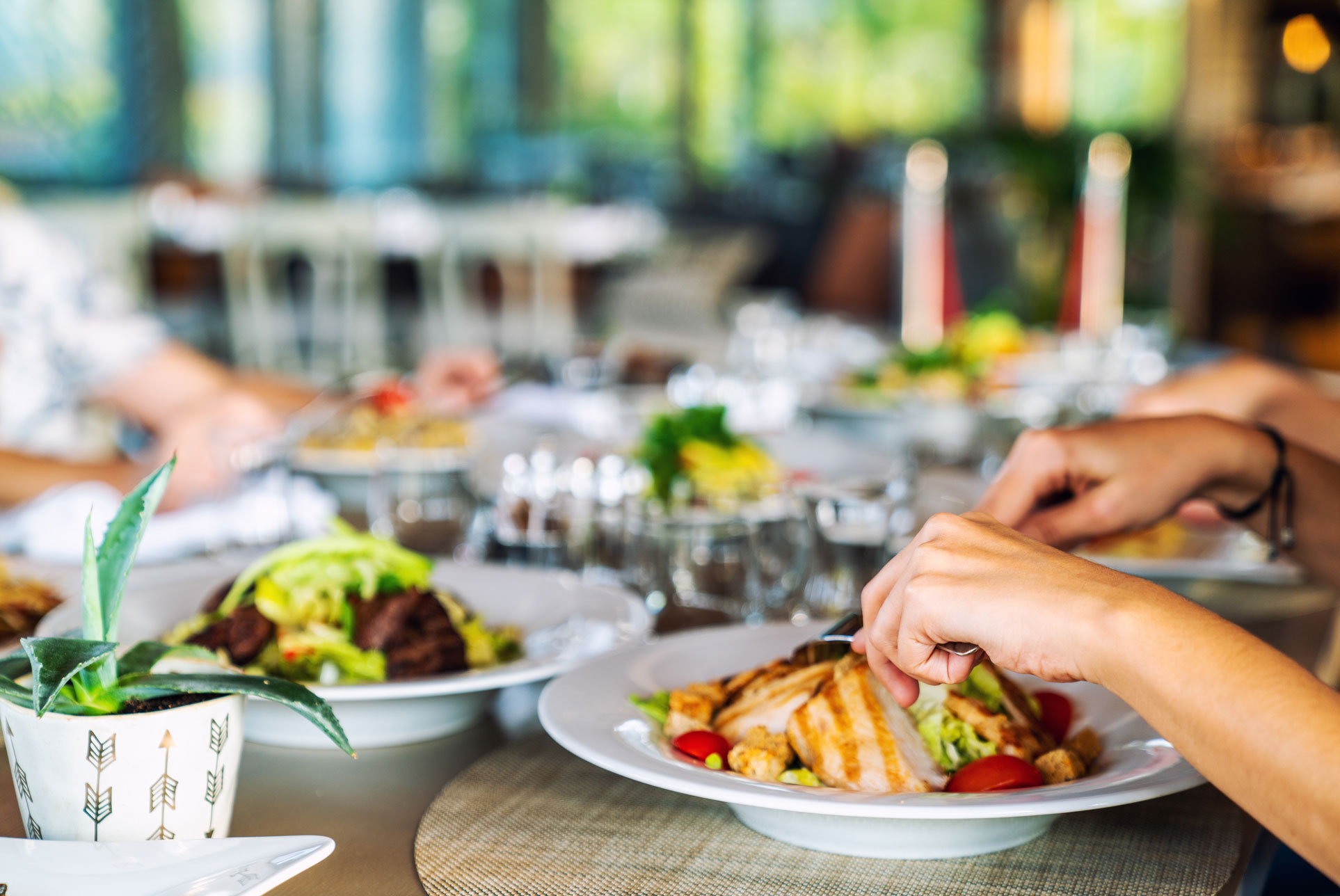
SENIOR LIVING MENU PLANNING
Menu planning and renovation for a senior living community is a great way to enhance the dining experience for residents and address their specific dietary needs. Here are some menu ideas you can explore to approach this renovation:
Conduct Resident Surveys:
Gather feedback from residents about their dietary preferences, restrictions, and any cultural or religious considerations. This will give you valuable insights into their tastes and needs.
Assess Dietary Needs:
Consider any specific dietary requirements such as low-sodium, diabetic-friendly, gluten-free, vegetarian, or vegan options. During menu planning, make sure there are well-marked options for these dietary needs.
Incorporate Nutritional Balance:
Ensure that your menu ideas offer a balanced and nutritious variety of foods, including a mix of proteins, whole grains, fruits, and vegetables. Pay attention to portion sizes to accommodate varying appetites.
Culinary Innovation:
Introduce new and interesting dishes to keep the menu fresh and engaging. Consider consulting with a professional chef or nutritionist who is experienced in senior nutrition.
Offer a Variety of Flavors and Textures:
Seniors, like everyone else, enjoy diverse flavors and textures. Explore options that range from comfort foods to more adventurous choices while menu planning.

Mindful Preparation Techniques:
Opt for cooking methods that perform well with health, such as steaming, roasting, poaching, sous vide, and grilling, while minimizing the use of excessive fats, sugars, and salt.
Highlight Local and Seasonal Produce:
Whenever possible, source ingredients locally and base your menu ideas on seasonal offerings. This not only supports the community but also ensures freshness and quality.
Create Special Event Menus:
Plan special menu ideas for holidays, birthdays, and other occasions. This adds an extra layer of excitement to the dining experience.
Offer Flexible Dining Options:
Provide choices for residents in terms of portion sizes and mealtimes. This accommodates varying appetites and schedules. Consider an upscaled Grab and Go option for the resident that is off schedule.
Include a Rotational Menu:
Design a rotating menu helps to ensure variety. This can be on a weekly or monthly basis, giving residents something new to look forward to from week to week. This is a good place to use American regional cuisines and focus on global trends. You can use the same proteins and sides with a different seasoning or preparation method to add variety.
Promote Hydration:
Offer a variety of non-alcoholic beverages and make sure water is readily available. Consider flavored water options to encourage hydration.
Provide Clear Menu Descriptions:
Use clear and concise language to describe dishes. Include any relevant nutritional information or allergy warnings.
Training for Staff:
Ensure that staff members are educated on the menu offerings and can assist residents in making choices that align with their dietary needs.
Gather Feedback Regularly:
Continue to seek feedback from residents and be open to adjusting based on their preferences. Make sure to let the resident know you heard them and show them the results. Everyone likes to be listened to. Something small can be big for resident.
Remember to approach menu planning with sensitivity and respect for the individual preferences and needs of the residents. By prioritizing their well-being and enjoyment, you can create new menu ideas that enhances their overall living experience.

Need a hand?
Get in touch with a Boelter foodservice expert today for your equipment and supply needs.
Connect with Charlie Baggs Culinary Innovations for additional menu planning tips, menu evaluation or consultation.
Contributed by:
